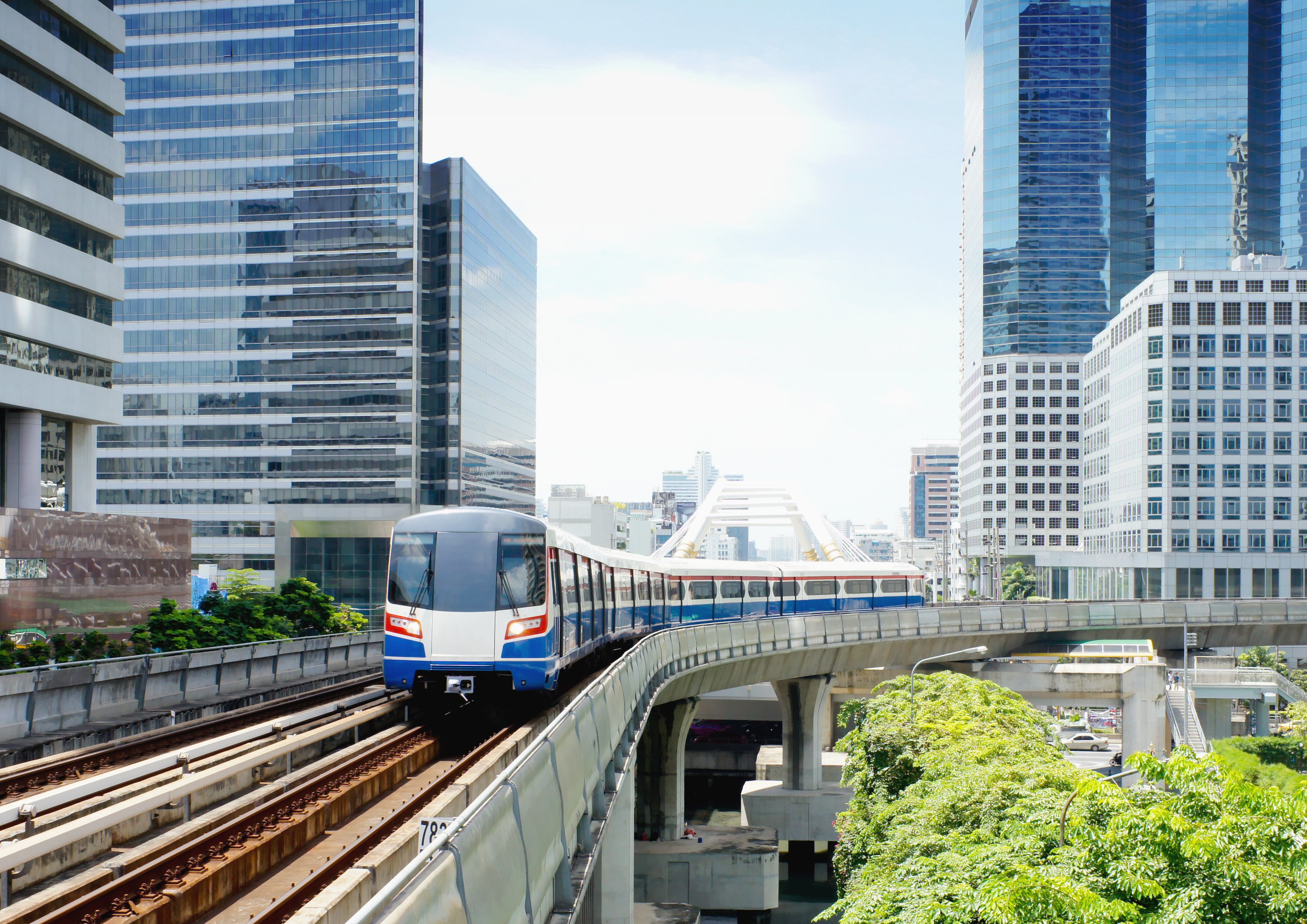How Smart Transit Budgeting Can Help Meet Community Needs
.png)
Zencity
The Platform for Community Trust
Effective public transit systems are the backbone of thriving cities and towns, connecting residents to essential services, employment hubs, and recreational spaces. However, balancing transit investment with other community priorities can be challenging for local governments. Decision-makers often face competing demands and limited resources, making strategic budget allocation essential for achieving an equitable, efficient, and sustainable transit network.
In this guide, we’ll explore how local governments can take a strategic approach to transit budgeting, ensuring investments address both transportation needs and their communities' broader priorities.
1. Understanding the Community’s Unique Needs
Every city or town has demographic, economic, and geographic characteristics that shape transit needs. Conducting an in-depth community assessment can help local leaders identify where transit services are most critical, whether for underserved neighborhoods, economic growth areas, or high-traffic corridors. Gathering insights from residents, businesses, and local organizations through surveys or community feedback platforms can provide a more detailed understanding of transit demands and other top community concerns.
Key Steps:
- Survey Community Members: Learn which routes, stops, or service expansions residents feel would improve their daily lives.
- Analyze Demographics: Identify neighborhoods with lower vehicle ownership or higher proportions of elderly residents who may rely more on public transit.
- Prioritize High-Impact Areas: To maximize benefits, focus on routes that serve key locations, such as healthcare facilities, schools, and business districts.
2. Evaluating ROI Beyond Ridership Metrics
Ridership numbers are often the go-to metric for evaluating transit investments, but they don’t tell the full story. A comprehensive approach to evaluating return on investment (ROI) for transit should include factors like environmental impact, quality of life improvements, and economic development.
Broader ROI Considerations:
- Environmental Gains: Reduced traffic congestion and lower carbon emissions benefit the entire community, even non-riders.
- Economic Impact: Enhanced transit access can attract businesses, stimulate local economies, and raise property values.
- Quality of Life Improvements: Reliable transit options reduce commute stress, increase access to essential services, and improve overall community satisfaction.
3. Leveraging Data for Informed Budgeting
Data-driven budgeting can transform decision-making by providing concrete evidence of where resources are needed most. Leveraging quantitative data (such as route frequency, ridership, and population density) and qualitative data (resident feedback and community surveys) can help cities make more targeted investments.
Key Data Points to Consider:
- Ridership Trends: Track peak times, popular routes, and areas of low utilization to optimize service.
- Infrastructure Condition: Identify areas where outdated or under-maintained infrastructure may be causing service disruptions.
- Community Feedback: Include survey data to capture qualitative insights that purely quantitative data might miss.
4. Adopting an Equity Lens in Budget Allocation
An equitable transit system ensures that all community members have fair access to transportation, regardless of income, geography, or mobility needs. Strategic budget allocation should prioritize resources to address transportation inequities, providing high-quality transit options to historically underserved communities.
Equity-Focused Strategies:
- Targeted Service Enhancements: Allocate more budget to routes serving low-income or underserved areas, where residents may rely on public transit the most.
- Accessibility Improvements: Ensure that transit stations, vehicles, and stops are accessible to all, including seniors and disabled residents.
- Community Engagement in Decision-Making: Include diverse voices in budgeting decisions to ensure the transit system reflects community values.
5. Creating Resilient, Long-Term Budget Plans
Strategic transit investments are long-term commitments that require sustained funding. By creating multi-year budget plans, local governments can ensure that critical infrastructure upgrades and service improvements are prioritized over time, even if immediate budgets are tight.
Tips for Long-Term Budgeting:
- Build in Flexibility: Create budgets that can adjust to ridership trends, economic shifts, and population growth changes.
- Pursue Diverse Funding Sources: To supplement local funding, explore federal and state grants, public-private partnerships, and community impact bonds.
- Prioritize Maintenance: Preventative maintenance should be part of the long-term plan to reduce costly repairs and service disruptions in the future.
6. Communicating the Value of Transit Investments to Residents
Transparency and clear communication are vital for budget allocations to gain public support. Residents should understand how transit investments will benefit them directly, even if they don’t use public transit—effective communication fosters community buy-in, which is essential for ongoing and future investment support.
Communication Strategies:
- Highlight Community Benefits: Emphasize how transit investments reduce traffic, boost local businesses, and contribute to a cleaner environment.
- Use Visual Storytelling: Maps, infographics, and videos can demonstrate improvements and their positive impact on different neighborhoods visually.
- Provide Regular Updates: Keep the community informed about the progress of transit projects and upcoming service changes.
Final Thoughts
Balancing transit investments with community needs requires careful planning, transparency, and a commitment to equity. By focusing on data-driven decisions, engaging the community, and considering the broader impact of transit on quality of life, local governments can create a transit system that truly meets the diverse needs of their residents.
The result? A resilient, accessible, and community-supported transit network that drives economic growth fosters social equity, and enhances the overall livability of cities and towns.
%20copy-1.png?width=544&height=120&name=Logo_black%20(1)%20copy-1.png)




